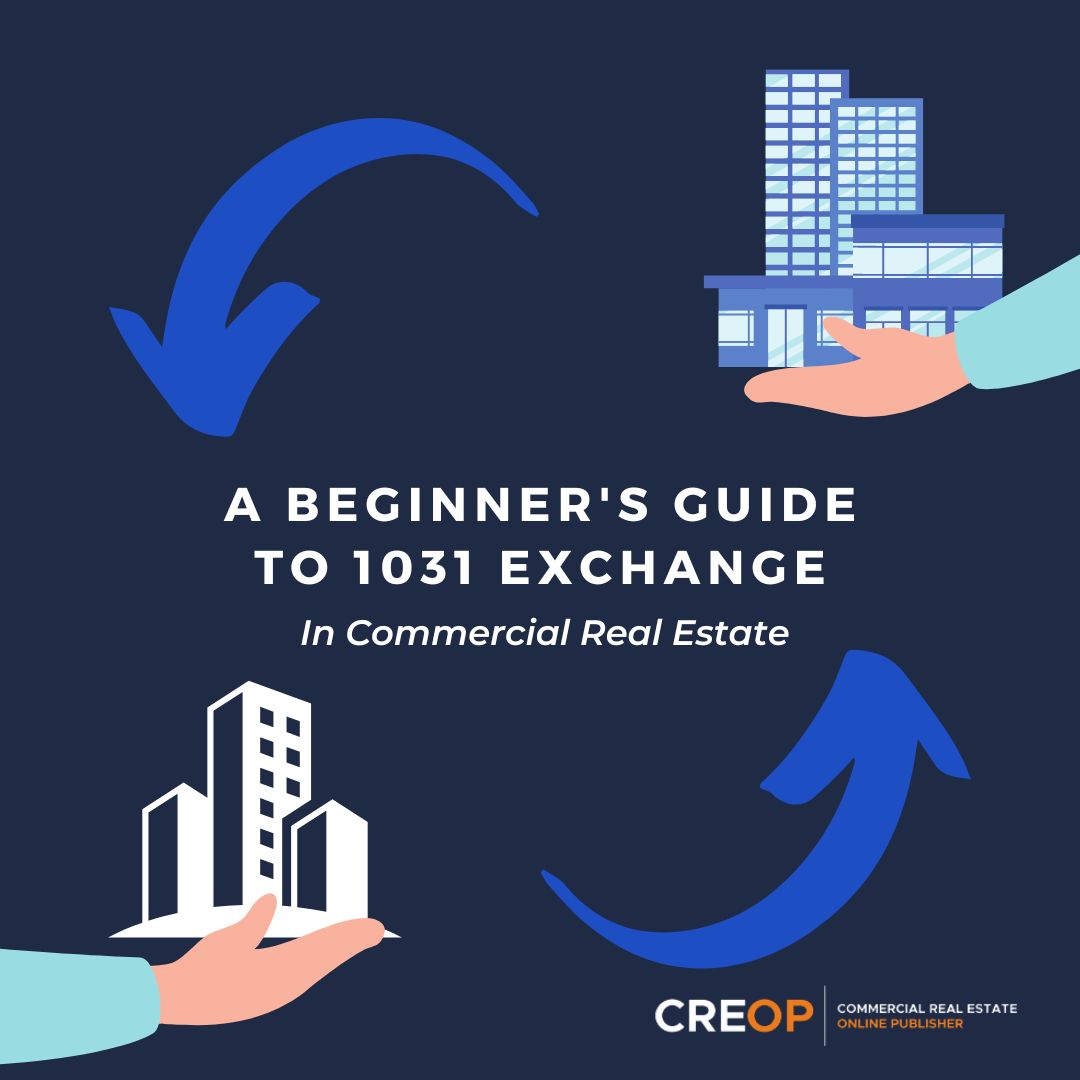When it comes to commercial real estate marketing, brokers have to face the fact that recessions are a part of the vicious economic cycle. During a recession, real estate deals can become more challenging to close, and many brokers have a hard time trying to preserve their earnings. That said, there are many ways that commercial real estate brokers can recession-proof their deals and increase their profitability. This article will share six tips for achieving these objectives.
Beef Up Your Prospecting Efforts
To succeed in commercial property marketing, you need to maintain a strong pool of prospective clients. During an economic downturn, prospecting becomes essential as competition rises and clients become more perceptive. Brokers who take the initiative to seek out potential clients and build connections are much more likely to make new deals and secure a reliable source of income.
Remix Your Income Streams with Countercyclical Asset Classes
Along with increasing your prospecting efforts, it is important to develop multiple income streams to prepare for the impact of a recession. Consider exploring beyond conventional asset classes like office buildings and retail centers and exploring countercyclical assets such as the following:
- healthcare facilities
- self-storage units
- affordable housing
These asset classes typically perform well in a recession, offering a consistent source of revenue that can help brokers through a challenging period.
Explore Different Aspects of the Market
Another way you can recession-proof your deals is by analyzing the following aspects of the market:
- Multi-family properties
- Discount retail and hospitality
- class B and C office spaces
All of these areas are promising during a recession. Brokers who have knowledge and expertise about these parts of the market and can pick the right properties to fulfill the needs of clients will have a competitive edge.
Use Proper Commercial Real Estate Software
Technology has transformed the way commercial real estate operates, and brokers who use the proper software tools can pull ahead of the competition. CREOP software can help brokers market their properties in a more professional light and give the property the best possible chance of selling at the highest possible price.
Distinguish Yourself from Other Brokers in Your Industry
In commercial real estate, it is important to distinguish yourself from other brokers in the industry. You must create a strong brand identity and offer outstanding service to your clients. Brokers who can stand out in the crowd are more likely to close deals, form long-term relationships with clients, and maintain a reliable source of income.
Cut Down Your Deal Cycles
Last, but not least, brokers can cut down their deal cycles as a recession-proof tactic. By limiting the time it takes to close deals, you can boost your volume of transactions which results in a greater stream of income.
Conclusion
Are you interested in learning more about recession-proofing deals and succeeding in commercial real estate marketing? Connect with CREOP and book a free demo today. By amping up your prospecting efforts, diversifying income streams, using the right commercial real estate marketing software, and applying other tips we shared, you will be able to protect yourself.












